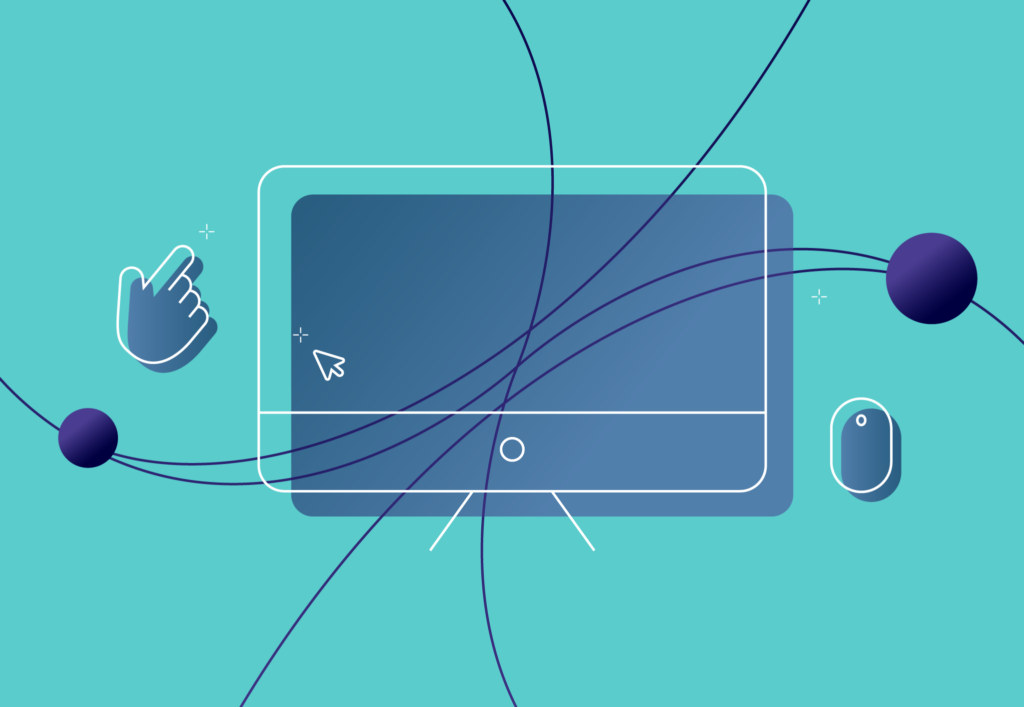
High Flying Words: How To Write High Converting Content That Works

A little less conversation, a little more high converting content, please.
Creating compelling content is one of the most powerful tools that digital marketers can wield. But when it goes that step further, springing that integral purchase decision on a buyer’s journey – that’s when you know your craft is sharp.
Of course, this aspect of content marketing is so much more than simply sitting down at a computer, typing out what you hope is a catchy piece of copy, and expecting customers to flock to you in droves.
Unfortunately, that only works for Greggs’ sausage rolls and pigeons.
Within Embryo’s leading digital agency, everyone in our content team has to put their thinking caps on when a conversion goal is on the table. That’s why consider every inch of the webpage before we get to work, utilising sharpened words, scannable layouts – and even clever design elements – to sell something on behalf of our clients.
As part of a salient content strategy, we have to deftly steer consumers through the Messy Middle towards a message, service, or product. Once they click that colourful button or decide to pick up the phone to book a consultation – we’ve successfully pulled them to the desired action. Love that for us.
Once this is happening in spades (and the report is singing with crazy-high conversions) that’s how you know those pieces of content are truly paying for their place on the website.
But what makes high-converting content these days – and how can we get ours to stand out in an ultra-competitive crowd?
What is high converting content?
Excellent question. On paper, high-converting content is very much what it says on the tin: it’s a piece of content that causes an increase in conversion rates.
But don’t get it twisted, these conversions can mean different things to different clients, such as:
- Clicking ‘add to cart’ and making a complete purchase
- Successfully submitting a form, such as an enquiry or callback, for example
- Opting in for marketing emails, newsletters, or informational content
To actively track these wins, we have to channel our inner Carol Vorderman. Usually, a conversion goal is added into a formula where the total number of targeted ‘wins’ within a certain timeframe is divisible by the total number of customers on your website. The number is multiplied by 100% et voila, there’s your rate.
Tools such as Google Analytics can help you see your customer journey in real-time, and if set up correctly, can even do the number crunching for you.
Now, high-converting content ties in multiple channels. As we mentioned before, content type takes many forms, with media assets such as a well-positioned explainer video, engaging headlines, and an eye-popping CTA button all working together to drive people from a chosen trigger point.
If the idea is to make your target market sit up, pay attention and fulfil the desired action, it might be helpful to take a quick look at buyer psychology.
Behavioural biases are handy bits of knowledge that can be used to drive customers to not only be moved by your content but actively engage with it, too. Other psychological concepts such as Maslow’s hierarchy of needs can also inform your content, helping you appeal to a broad audience without having to reinvent the wheel.
We’re all motivated by something. But in this case, high converting content – if done successfully – gives that motivation a direction. Usually towards a descriptive button saying ‘buy me, baby.’
Where can we see high-converting content in the wild?
According to a study taken by Hubspot last year, 82% of marketers are actively using content strategy – with 60% of them using sales to measure the success of these campaigns. These can be found as blogs, case studies, deep dives, and, of course, service page copy. The list goes on.
As such, we don’t really have to look too far to find this content hard at work. Landing pages are usually the easiest place to find out what is driving conversions out there on the world wide web, as they are essentially the billboards drawing visitor engagement and funneling people on their consumer journey.
From a design perspective, there are plenty of tricks that can be used to elicit the conversion response within their captive audience. The catch? It’s also got to make an impact with even the speediest of skim-readers.
A good landing page will have clear, concise messaging – complete with CTAs – alongside media features like an eye-catching hero image or video. The whole user experience and interface will be easy to interact with, and any written content, such as FAQs or further supporting statements is there to guide the customer on their journey.
Even if this SEO-rich content is found at the bottom of a landing page, it’ll still have relevance, prompting sales or further inquiries to meet those all-important conversion goals.
How do we write high-converting content?
This neatly leads me to the next point: how on Earth do we write this supposed gold dust content?
Well, although every client and offering is different by nature, content marketers usually follow tried-and-tested steps to make sure their target audience is well and truly spoken for.
In other words: they’re engaged. Congratulations, lovebirds.
There’s nothin’ like a catchy headline
Extra, extra – the top line still holds sway long after the dawn of the printing press. Nabbing your audience with a killer headline can truly make all the difference. Aspects such as including numbers, keeping the length to seven words and using the ‘who, what, how, and why’ formula to set expectations still do incredibly well when it comes to getting clicks.
Go fishing with your introduction
If your target audience is chasing the ‘great white whale’ – then posit your website with an introduction that’s sharper than a harpoon. Sorry, Moby.
You only have a short amount of time to make this impact – three to four sentences for a blog and a subheading on a landing page – so getting to the grips of the problem, solution, and benefits should captivate and intrigue your customers. Otherwise, why should they give you their hard-earned conversions?
Keeping things short and to the point, with the addition of bullet points or design aspects for further readability will smooth out the scanning process and make things easier on the eyes.
Keep things in the picture
The inclusion of visual elements in your text, especially above the fold, can make a marked difference in conversion rates. Much like in primary school, a well-placed image within a great design can engage your readers and help them understand a number of processes – such as a product demonstration.
Although we understand the true value of ontological and SEO-rich long-form content, graphics are a brilliant way to break up the text, making a page even more palatable for a solution-hungry customer.
Get in touch with us!
If you want to find out how Embryo can help you with the creation of proper knock-yer-socks-off highly convertible content, get in touch with us today. Or if you fancy joining our team of contenteers (the term hasn’t kicked off yet but we’re working on it) – why not nosy at our careers page?



